Round Versus Indexable Tools: From the History to the Latest Developments
Time has allowed great improvements to the durability and performance of cutting tools. The materials used have impacted round and indexable tools in different ways.
In the early industrial days of cutting tool development, metalworking was limited and rather crude. It was a slow task for a blacksmith until the 19th century, when the dawning of the industrial age brought with it the availability of machine power from the steam engine and, later, electricity. Machine tools developed considerably in response to newly found power, which was transmitted throughout the workshops by way of axles, belts and pulleys.
With the introduction of high speed steel (HSS), the modern metalcutting era started and the speed of turning operations greatly improved. The 20th century saw ramping up to new production levels. HSS turning tools would become the most widely used until they were superseded by the next evolution in cutting tool materials—cast alloys containing cobalt, chromium, tungsten and so on. Cast alloys were the predecessors to the material used in today’s inserts (cemented carbide).
To pave the way for the modern indexable holders and inserts, in the middle of the 20th century, metalworking specialists began brazing tungsten carbide onto steel shanks. These inserts were ground to the desired shape and sharpness and could be reground several times. In those days, there was only one basic C2 carbide grade available, but eventually other grades evolved that were better suited to specific materials. These bits were the predecessors to the modern indexable inserts.
Feeds and Speeds
The next development was to allow for increased machining parameters for cutting tool materials because of the material’s ability to withstand higher temperatures while maintaining its hardness. At the beginning of the 20th century, the cutting tool material was sometimes only slightly harder than the material to be cut. Therefore, tool life was poor and cutting speed and feed had to be kept low.
The introduction of HSS in the 1920s brought major improvements to cutting tools, which resulted in reduced cutting time. Looking at a sample turned component 20 inches long with a diameter of 4 inches, HSS reduced cutting time from 100 minutes to 26 minutes. By the 1930s, uncoated cemented carbide brought down the required cut time to 6 minutes. The introduction of coated carbide further lowered the cutting time to 1.5 minutes in the 1970s. With today’s indexable technology, we have steadily progressed to less than 1 minute of cut time.
The harder the tool substrate, the more wear resistant the cutting tool will be, resulting in longer tool life. Conversely, the harder the tool substrate, the more brittle it is. Harder substrates are more likely to fracture or break under adverse operating conditions.
The softer the tool substrate, the tougher the cutting tool will be, which can allow successful machining to take place even under adverse conditions (poor fixturing, vibrations, non-rigid setups). Tougher substrates offer less tool life, but are less likely to fracture or break.
The ideal cutting tool material should resist flank and point wear and deformation, be tough to resist breakage, be chemically stabile to resist oxidation and diffusion, have good resistance to sudden thermal changes, and should not chemically interact with the workpiece material.
The Basics
Round tools are traditionally made with HSS, solid carbide or cobalt. Used in the most common, demanding applications today, HSS is tough, but not particularly wear-resistant. Solid carbide is the most widely used wear-resistant cutting tool material today and is used for both round tool and indexable applications. Coated carbide represents approximately 85 percent of all indexable carbide sold. Developments are still ongoing with new geometries, coatings, substrates and manufacturing processes (such as edge preparations, surface finishing and other treatments).
Indexable inserts are made from cermet (CT), ceramics (CC), cubic boron nitride (CBN) or polycrystalline diamond (PCD). CT has good flank and crater wear resistance and is not prone to built-up edge (BUE). These properties allow the cutting edge to maintain its sharpness over a longer time. CC has a wide application area in cutting hard materials (45-55 HRc) and has high resistance to abrasive and thermal conditions. CBN is an excellent cutting tool material and offers extremely hard high thermal resistance. CBN is used in hard materials such as hardened steels and cast iron. PCD exists in two types (natural diamond or industrial diamond) and is used for nonferrous materials such as aluminum, because of their high resistance to wear. Because PCD is extremely hard and brittle, it would not be a good choice for high hardness or impact applications.
A Legacy of Aerospace
The advancement of cutting tool technology takes different directions in some industries, depending on the market need. Precision Twist Drill has been a tooling supplier for the aerospace industry for more than half a century, emphasizing the importance of maintaining flexibility and quality.
In contrast to applications in which drill presses or CNC machines can be used for drilling, many aerospace components are too large, complex and irregularly shaped to be taken to the machining center. Instead, portable drilling equipment must have mobility and be taken to the plane, especially in the assembly process, where much of the hole making is for rivets. It is impractical to drill precision holes in a wing, fuselage or engine nacelle any other way. The range of hole sizes and critical tolerances and the divergent materials used in the aerospace manufacturing industry demand that portable equipment such as air drills be available to accommodate virtually any workspace or application. With different materials and hole tolerances, users need to identify the equipment to use and then select the cutting tool that fits those needs.
Investment and Maintenance
From a cost perspective, indexable inserts and the holder represent a significant investment. However, because of their material, they have the potential to last for longer periods of time. Also, when replacement is needed, the ease of replacement is more efficient because of the need to only change out the insert. To also support the long-term investment of indexable inserts, they are now interchangeable and versatile. Machinists have the ability to keep the cutter (or toolholder) in place while easily switching out the inserts for the different workpieces being machined. This versatility is different with a round tool, which usually requires removal from the toolholder and resetting the depth.
Round tools can also be viewed as a long-term investment with the added possibility of regrinding, which cannot be performed on indexable inserts.
Performance Standards
The geometry, substrate and coating of a round tool determine its performance. Application-specific tools have the potential to produce better accuracy than general purpose tools. The overall design of these tools allows the machine operator to achieve much smaller diameters.
The conventional point (118-degree conical point) is the most commonly used drill point. Properly produced, it will give satisfactory drilling results in a variety of materials. It may require some form of web thinning when used on drills with web thickness that has increased because of repeated resharpenings, or on drills of heavier web construction.
The split point was originally developed for use on drills designed for drilling deep oil holes in automotive crankshafts. Today, it is used on many drill designs used in a variety of hard and soft materials. It can be applied to many drill point angles, the most common being 135 degrees. The main benefit of the split point is to allow self-centering and to prevent the tool from “walking” before penetrating the part’s surface. The web thinning or split point reduces thrust and adds a positive rake cutting edge that extends to the center of the drill. In many materials, the point will also act as a chipbreaker to produce small chips that can be ejected through the flutes. This is a distinct advantage in most applications, but especially in portable drilling applications or in a drill press where bushings cannot be used.
Indexable cutting tools offer the versatility that is beyond the capability of solid tools. Inserts can provide stable results, even in adverse conditions and are able to perform multiple operations for which solid tools are not designed. Operational versatility includes operations such as plunging, helical interpolation, profiling and enlarging a hole. Indexable cutting tools can also offer much larger diameters than solid round tools.
Both round tools and indexable tools have their distinct advantage based on material, operation and requirements. As cutting tools, they complete a standard offering by providing users overlapping diameters so that tooling engineers can assess and advise manufacturers where and when it is appropriate to apply each.
Related Content
Micromachining Fundamentals
A number of elements must come together to establish an effective process for machining at a micro level. Here we consider four.
Read MoreCNC Turning Tips for HRSA Materials
Rough-turning, heat-resistant superalloys can be challenging. However, new carbide insert technology provides the capability to perform high-speed, high-feed roughing in a single pass.
Read MoreWhat Is Trochoidal Turning? How Might Shops Benefit From It?
While trochoidal milling might be a more well-known toolpath strategy, trochoidal turning can offer similar benefits such as high material removal rates especially for rough-turning operations.
Read MoreThe Value of Tool Monitoring on Rotary Transfer Machines
By using a tool monitoring system, shops can save costs associated with machine maintenance and downtime for tool changes while increasing cutting performance.
Read MoreRead Next
Seeing Automated Workpiece Measurement in Real Time
User-friendly inspection software for CNC machining centers was shown at IMTS 2024 monitoring measurements between and after machining while performing SPC based on recorded measurement values.
Read MoreA Tooling Workshop Worth a Visit
Marubeni Citizen-Cincom’s tooling and accessory workshop offers a chance to learn more about ancillary devices that can boost machining efficiency and capability.
Read More5 Aspects of PMTS I Appreciate
The three-day edition of the 2025 Precision Machining Technology Show kicks off at the start of April. I’ll be there, and here are some reasons why.
Read More

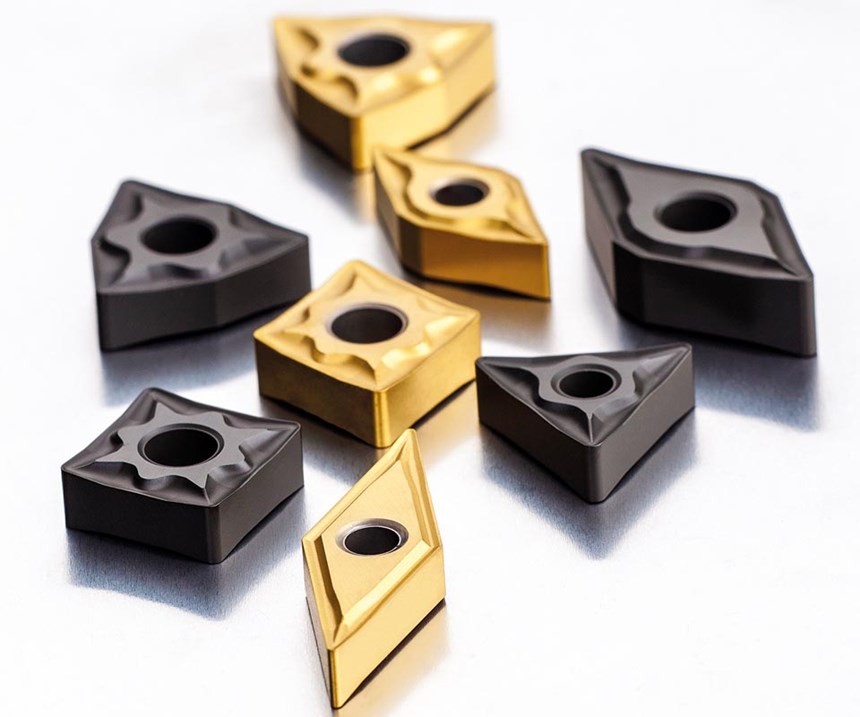
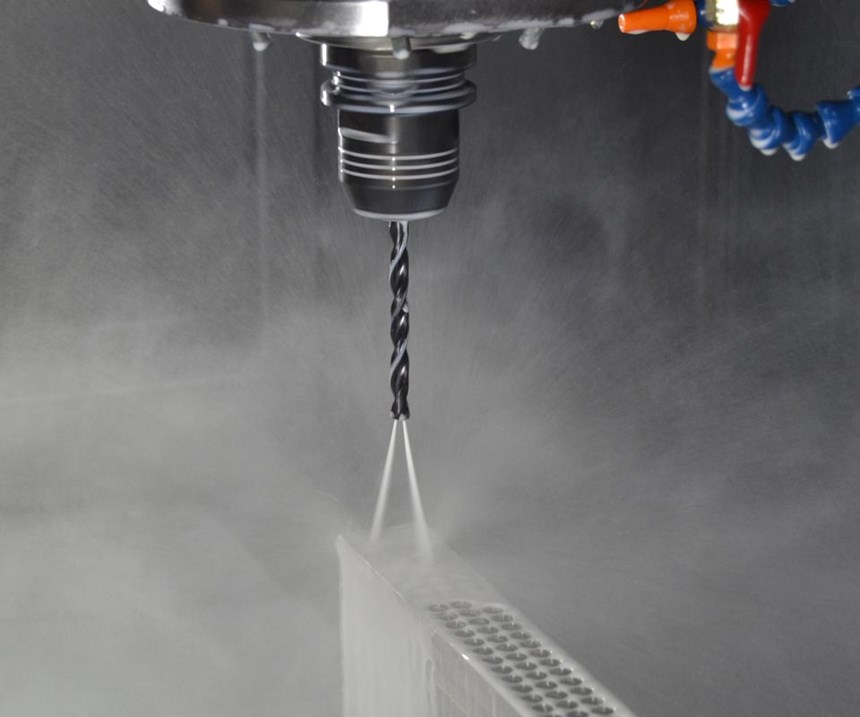
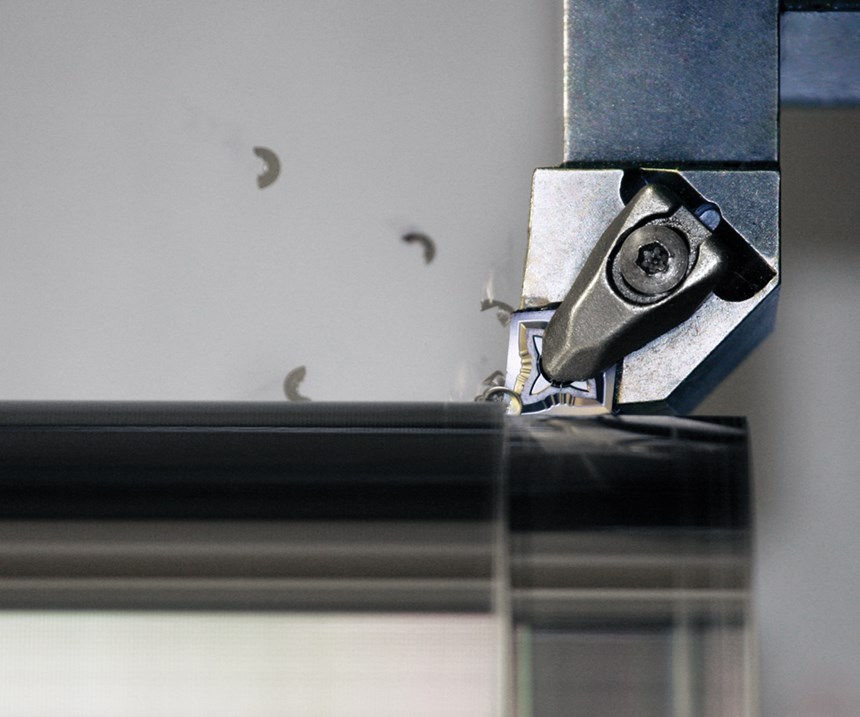
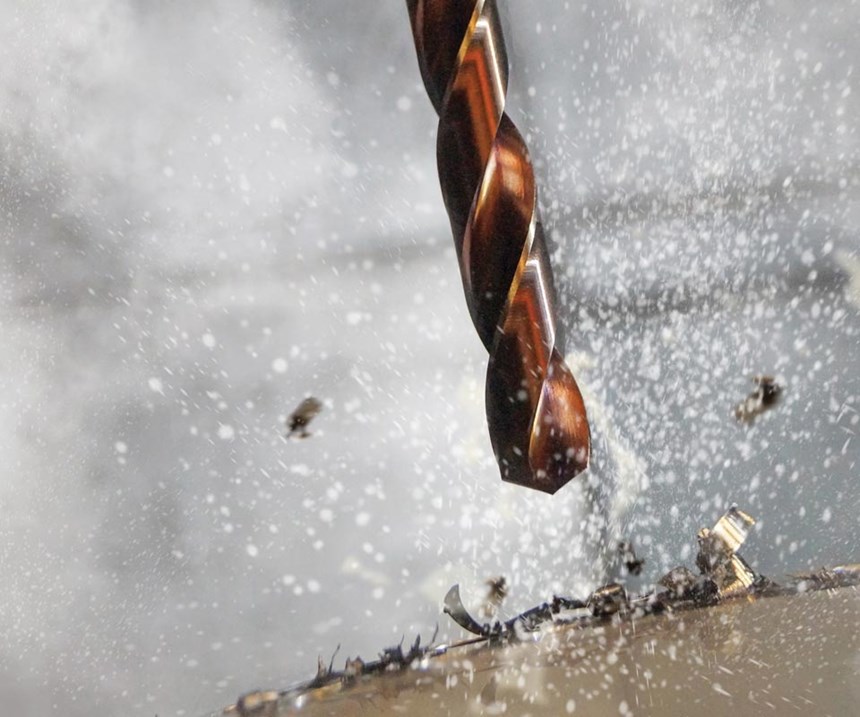
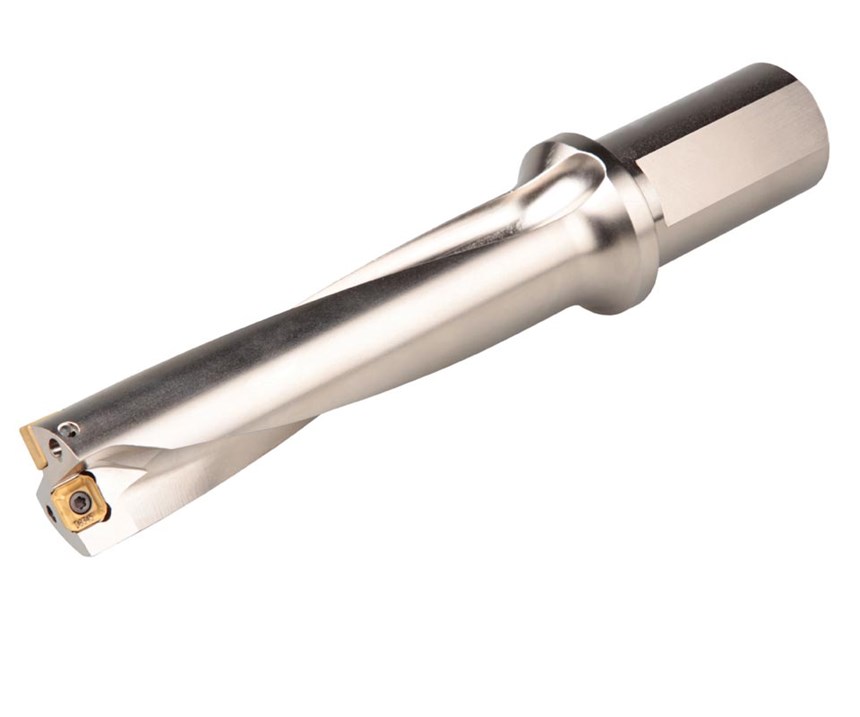






.png;maxWidth=300;quality=90)














